The geographical area that today corresponds to the autonomous region of La Rioja has always been a meeting point for different peoples and cultures. Even today, we can still recognise traces of the most ancient tribes that settled in these lands. Peoples such as the Berones, the Autrigones, the Pelendones and the Vascones have left their mark on the history of the region, enriching the extensive cultural heritage of La Rioja.
Subsequently, other more advanced peoples began to shape the region over the course of time, leaving us some monuments that we can still enjoy today: Romans, Christians, Muslims, Jews... La Rioja has always been a land of passage, trade and confluence of cultures. The influence of the Way of St. James and its geostrategic importance for the ancient Christian kingdoms during the Reconquest (8th to 15th centuries), made the territory a perfect place for the proliferation of different architectural manifestations during the Middle Ages. Between the 11th and 13th centuries, it was Romanesque art that set the standard for Christian construction in most of Europe. And La Rioja is a good example of this artistic legacy, with a multitude of historical expressions of the Spanish Romanesque style. Today we will take a look at some of the stops that should not be missed on our route through the Romanesque in La Rioja.
1. Sepulchre of Doña Blanca de Navarra
In the Royal Pantheon of the Monastery of Santa María la Real, in Nájera, we can contemplate the tomb of Doña Blanca of Navarre. Known as "the desired Infanta", as she was promised several times in marriage to various suitors in the context of the territorial struggles between the kingdoms of Aragon, Navarre and Castile. Finally, the Infanta married Don Sancho of Castile in 1151 and died four years later, giving birth to Alfonso VIII, who would later become King of Castile between 1158 and 1214.
Cover of the tomb of Queen Blanca Garcés of Navarre. Photo: Lancastermerrin88
2. Monastery of San Millán de la Cogolla. Monasteries of Suso and Yuso
In the valley of the river Cárdenas is the Monastery of San Millán de la Cogolla, in which two different buildings can be distinguished: the Monastery of Suso and the Monastery of Yuso , which since 1997 have been declared World Heritage Sites by Unesco for their artistic, historical, religious, linguistic and literary importance.
This is possibly the monastery with the greatest historical importance in the whole region, as it is the place where the famous Glosas Emilianenses were found, the first written manifestation of the Castilian language dating from between the 10th and 11th centuries (together with the Cartularios de Valpuesta). At a time when knowledge was transmitted in Latin through the work of the copyist monks, who reproduced different texts by hand, the Glosas Emilianenses were explanatory notes that the copyists themselves made in the margins of the books. These annotations would have been written in what would have been the most primitive Castilian language. For this reason, today the Monastery of San Millán de la Cogolla is considered to be the cradle of Castilian and, for this very reason, one of the most important manifestations of the Spanish Romanesque.
3. Romanesque in the Obarenes Mountains
The Montes Obarenes region, in the northwest of La Rioja, is well worth a visit for the traveller interested in Romanesque art. In this region we will find a beautiful natural landscape, dominated by mountains and vineyards, and home to an interesting group of Romanesque churches: the Church of San Esteban de Galbárruli, the Church of San Julián de Castilseco, the Church of San Román de Villaseca, the Church of San Martín in Fonzaleche, La Ermita de Junquera and the Ermita de la Concepción, both in the town of Treviana, are the most outstanding monuments in the region.
Church of San Julián de Castilseco. Photo: BigSus
4. Romanesque in the basin of the river Tirón
Following the path of the River Tirón, we can find some very representative monuments of the Spanish Romanesque. The towns of Tirgo, Cihuri, Ochánduri and Cuzcurrita de Río Tirón are a must on this route. The buildings of the Puente del Priorato (Cihuri), the Iglesia del Salvador (Tirgo), the Iglesia de Santa María de Sorejana (Cuzcurrita de Río Tirón) or the Ermita de Legarda (Ochánduri) stand out.
Priory Bridge (Cihuri): Blue pigment
5. Romanesque in Tierra de Cameros
The region in which the Sierra de Cameros stands is also very rich in monuments and buildings belonging to the Spanish Romanesque style. In these lands, the artistic manifestations of the Romanesque are austere and simple, in contrast to the imposing landscape. The Hermitage of San Pedro, the Hermitage of San Andrés de Torrecilla, the Church of Viguera, the Hermitage of Santa Fe de Palazuelos or the Hermitage of San Esteban de Viguera stand out.
6. Romanesque in the Oja River Valley
The lands bathed by the river Oja are another of the areas in which Romanesque architecture proliferated the most in La Rioja. Along the course of this river, which gave its name to La Rioja, we can find some examples of late Romanesque architecture, often built on Mozarabic and pre-Romanesque churches. Among them, we should highlight the church of Zorraquín, the church of Nuestra Señora de las Tres Fuentes in Valgañón, or the hermitage of Santasensio los Cantos, in Ojacastro.
Hermitage of Santasensio los Cantos. Photo: Pigmentoazul
As we have seen, the influence of the Romanesque on the landscapes and culture of La Rioja is exceptional. Throughout the length and breadth of the region, we can find constructions that represent the evolution of this artistic style throughout its three centuries of existence and the influence of the different peoples that have inhabited these lands. A real jewel of cultural heritage that will help us to get to know the rich culture of La Rioja a little better.
At the end of your Romanesque route, just a few minutes' drive from these villages, you will come across a Vivanco a space dedicated to wine that is well worth a visit.
If you are interested in visiting Vivancoyou can see here the list of wine tourism experiences on offer.
A different, exclusive and unforgettable way to fall in love with the Wine Culture.
Header image: Mario Martí






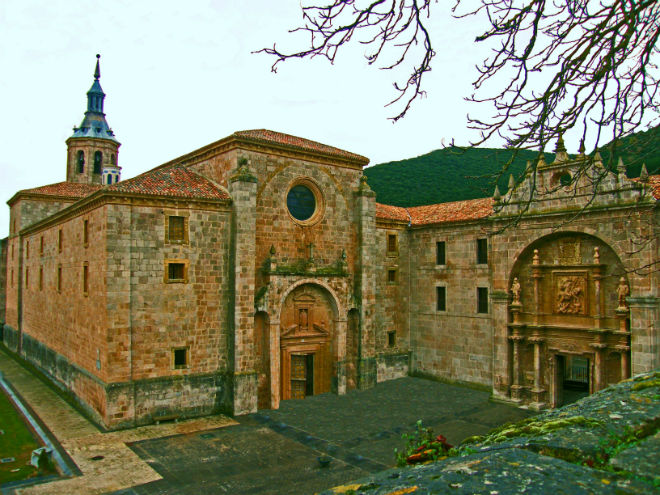
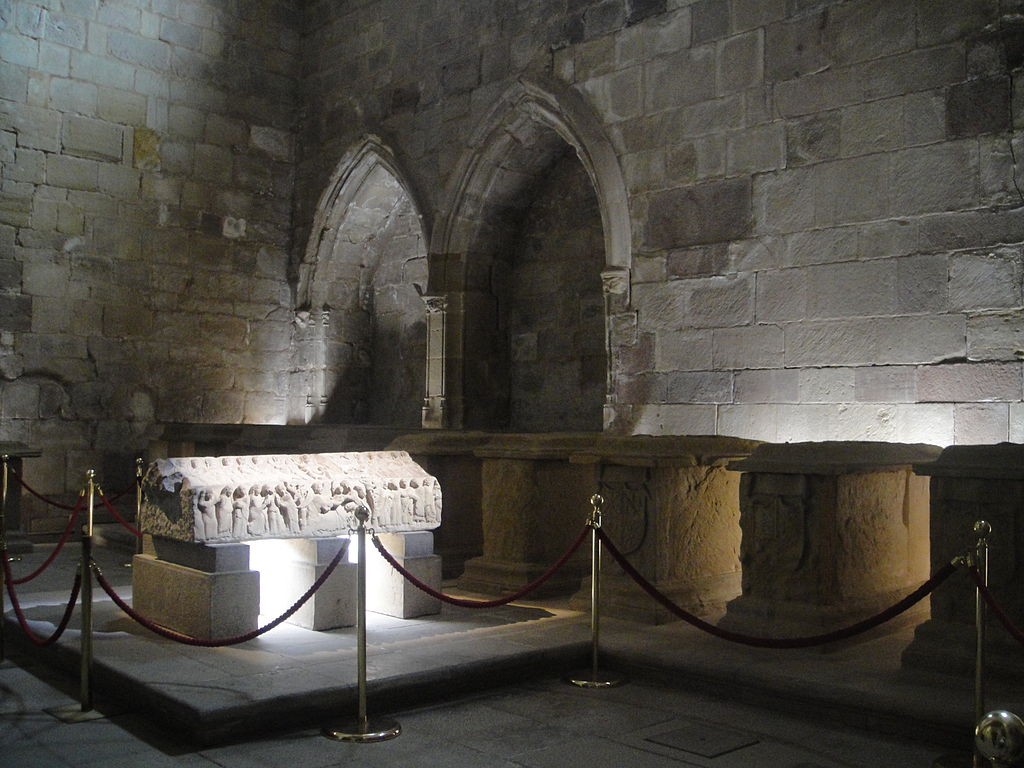
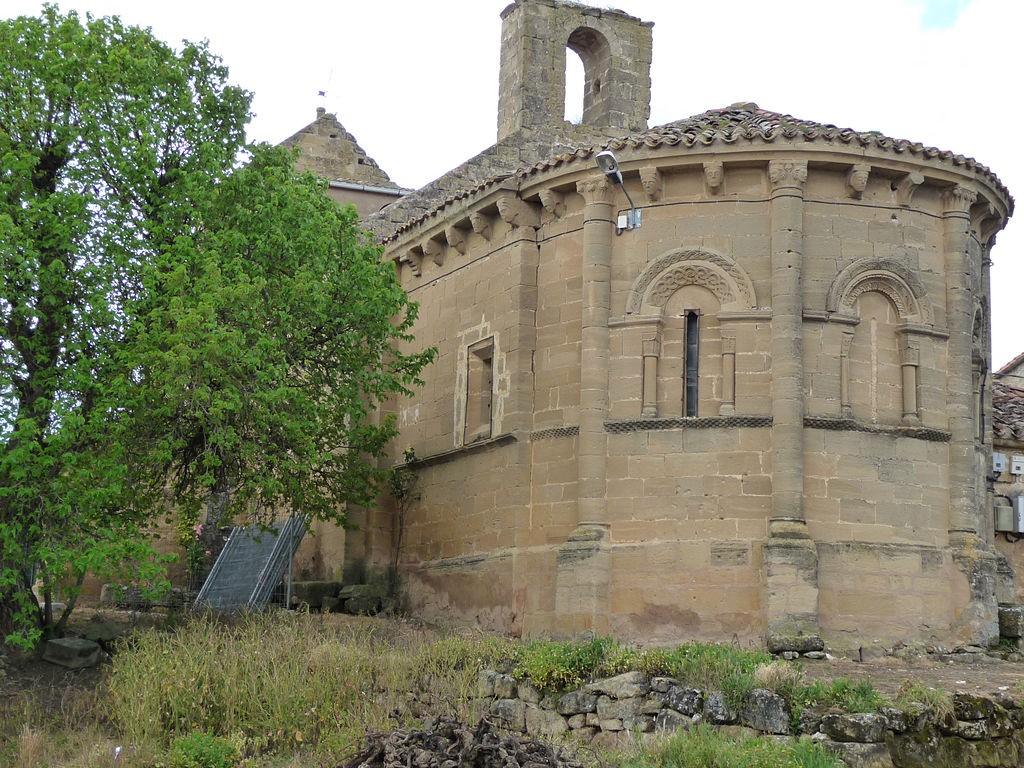
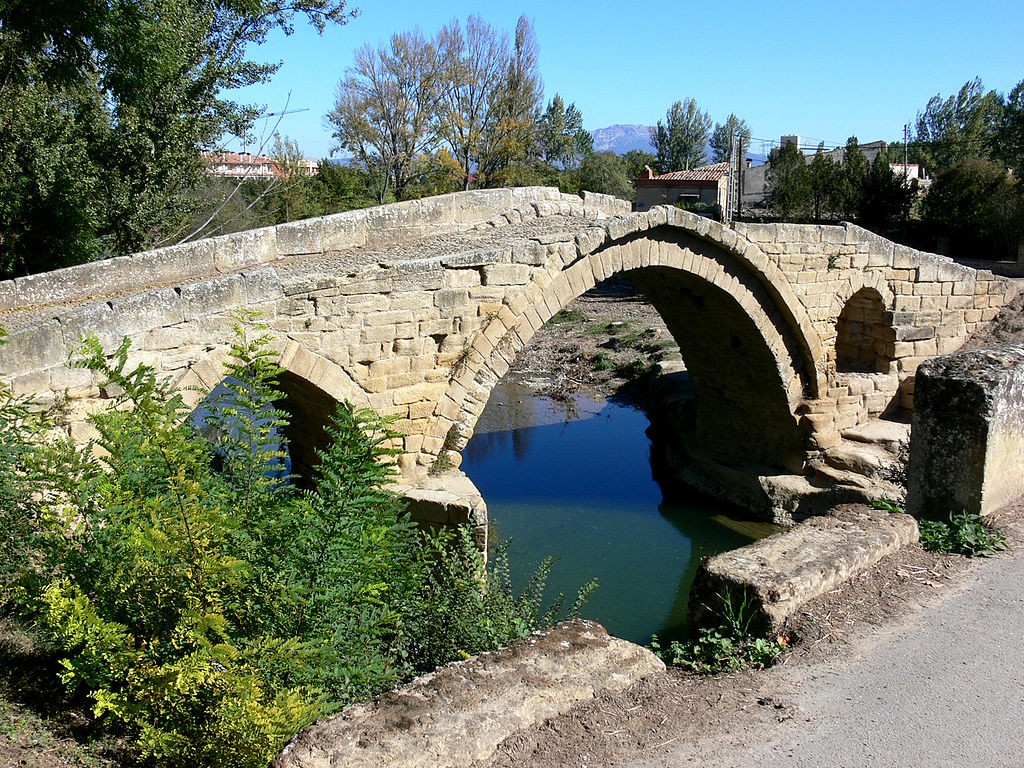
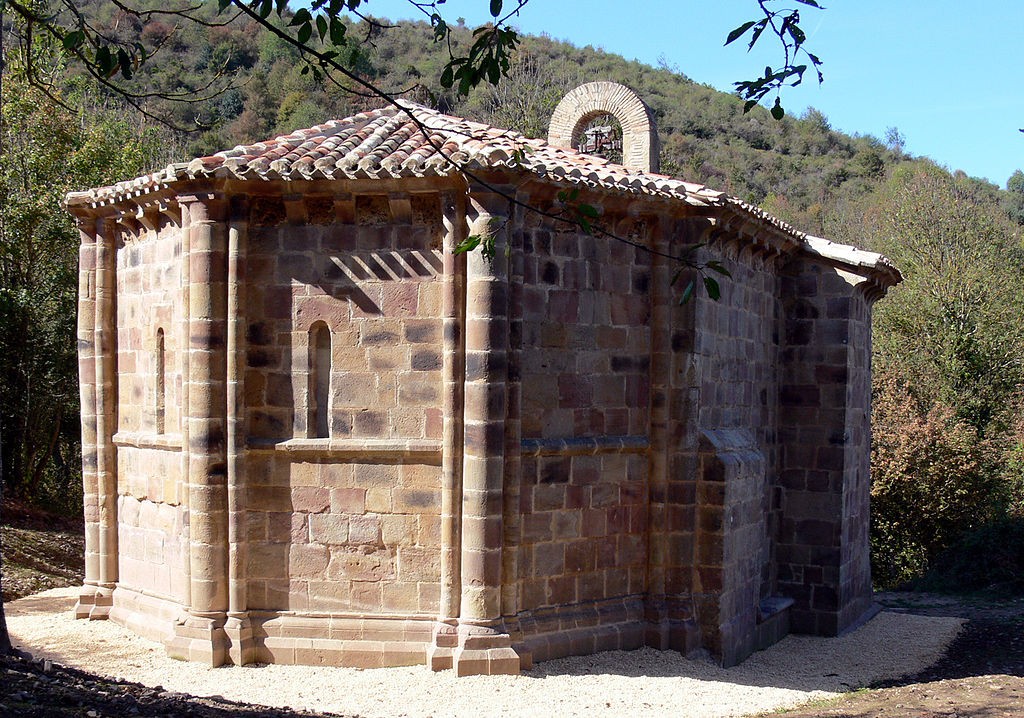
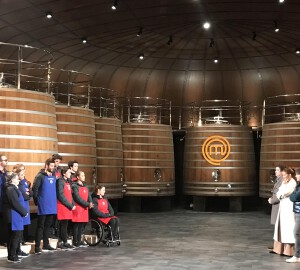
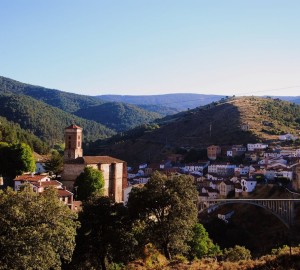
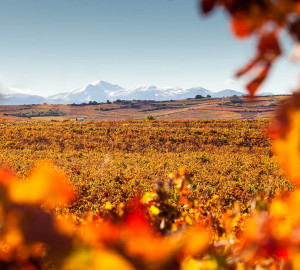







1 comment